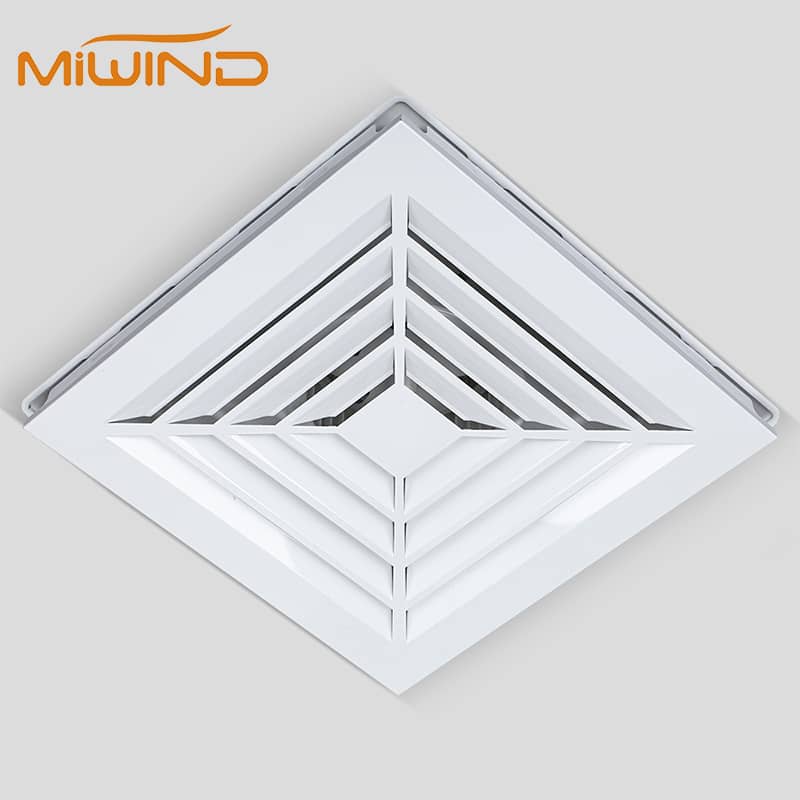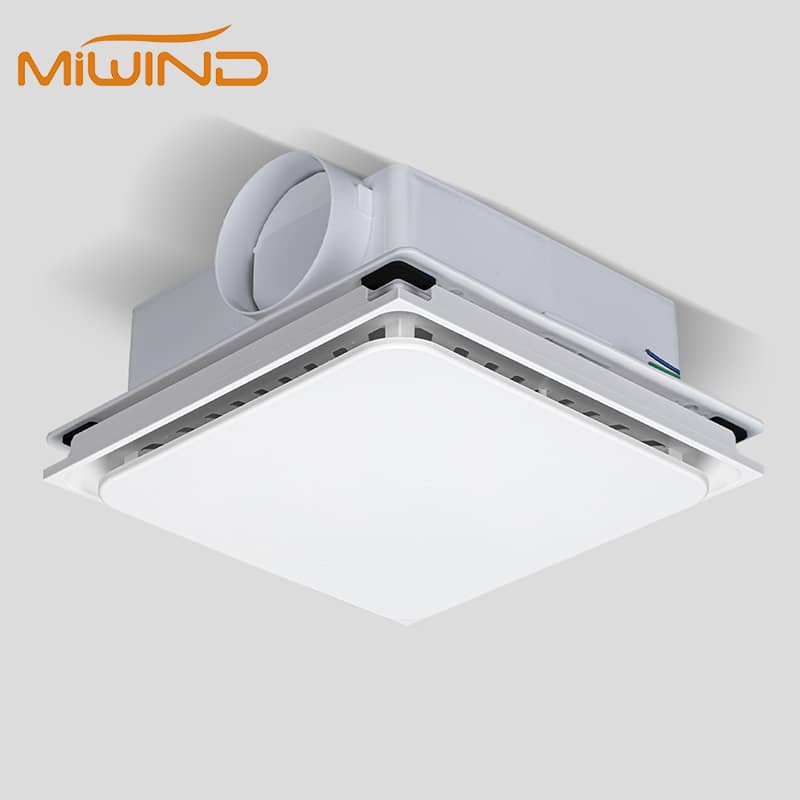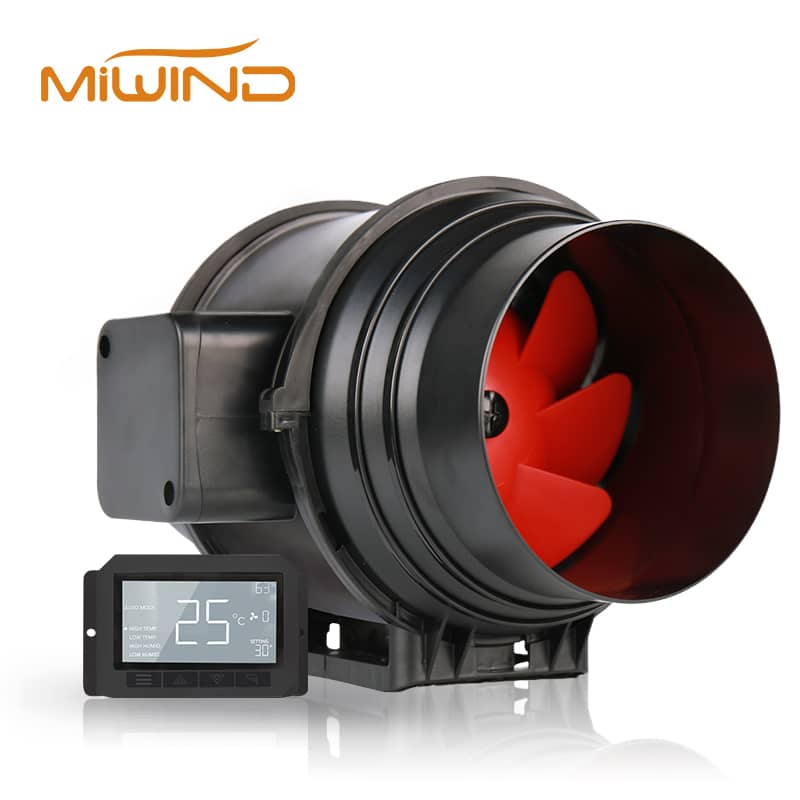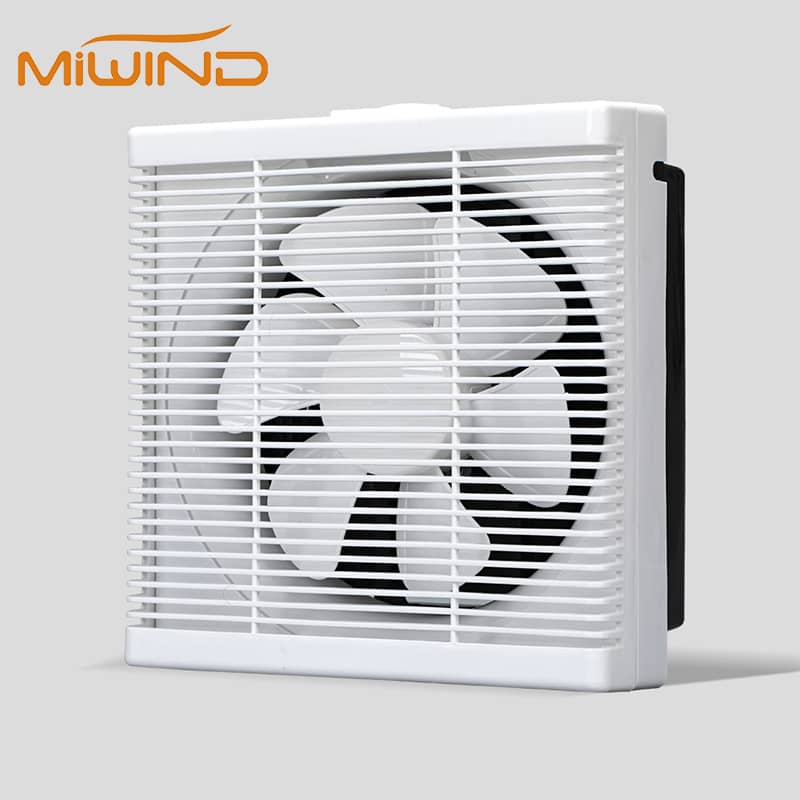
When comparing ventilation fans vs exhaust fans, understanding how they differ is key to maintaining healthy air quality in homes and workplaces. Although both aim to enhance exhaust ventilation and airflow, they operate differently. This guide explains what a ventilation fan is, what an exhaust fan is, and the difference between ventilation and exhaust fans, including how they work, where they’re used, and their advantages and disadvantages.
An exhaust fan—sometimes called an extractor fan or duct fan—is specifically designed to remove stale air, moisture, and odors from enclosed spaces like bathrooms, kitchens, or workshops. These fans draw air from the interior of a building and expel it outside, thereby improving indoor air quality. Commonly found in kitchens, bathrooms, and other enclosed areas, exhaust fans play a vital role in preventing the buildup of humidity, smoke, and strong smells.
Exhaust fans, or exhaust ventilation systems, operate by creating negative pressure inside a room. When activated, the fan blades spin to draw air into the fan housing. This action generates a pressure difference that forces the collected air to exit through a vent or duct system. As stale air is expelled, fresh air can enter the space, enhancing overall air circulation.
Exhaust fan advantages include:
Exhaust fan disadvantages include:

Ceiling Ventilation Exhaust Fan
In contrast to exhaust fans, a ventilating fan or fresh air fan is designed to circulate and refresh indoor air. Instead of only pushing air out, it introduces fresh outdoor air and balances pressure between interior and exterior spaces. They work by bringing fresh outdoor air inside while expelling indoor air. This two-way airflow promotes overall air exchange and temperature regulation.
Ventilation fans utilize exhaust and intake airflow to move air in two directions—bringing in outdoor air while releasing stale indoor air. They may be part of larger exhaust ventilation systems or used independently in attics and factories. They can be installed in various locations such as attics or ducts to ensure even airflow throughout a building.
Advantages of ventilation fans include:
Disadvantages of ventilation fans include:

When comparing exhaust fan vs ventilation fan, the main difference lies in their airflow direction and purpose.
In short, the difference between an exhaust fan and a ventilation fan is that one extracts stale air, while the other promotes continuous air exchange.
What are exhaust fans used for? Common exhaust fan applications include:
Ventilation fans find their applications in:
Warehouses: To maintain comfortable working conditions by circulating fresh air.
Greenhouses: To regulate temperature and humidity levels for optimal plant growth.
Residential Spaces: To improve overall indoor air quality by facilitating airflow.

When deciding between exhaust and ventilation fans, consider the following factors:
Purpose: Determine whether you need to remove pollutants or circulate fresh air.
Location: Assess where the fan will be installed—specific rooms or throughout the entire building.
Energy Efficiency: Consider your energy consumption preferences; some ventilation systems may operate more efficiently than exhaust systems.
In summary, both exhaust fans and ventilation fans play essential roles in maintaining healthy indoor environments. Understanding their distinct functions allows for informed decisions when selecting the appropriate fan type for specific applications. By choosing wisely between these two options based on your needs—whether it's removing stale air or circulating fresh outdoor air—you can significantly enhance indoor air quality and comfort.